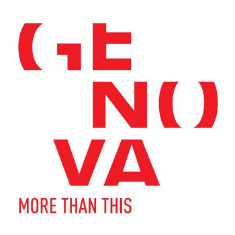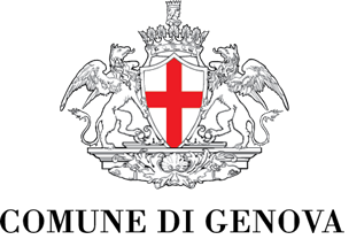Click here to view image
Vault of the Hall of Autumn and vault of the Hall of Winter
Piola, Domenico
fresco
affresco
Domenico Piola painted the vaults of the last two east rooms of the second piano nobile of Palazzo Rosso between 1687 and 1688, as the balances of payments concerning him attest. This was the period following his return from the journey-escape undertaken in 1684, following the French bombardment of the city, which took him to various places in northern Italy and especially to Parma, where he had the opportunity to compare and update on Correggio's solutions his way of conceiving painted space in relation to architectural space. This experience, and, at the same time, the contact with Gregorio De Ferrari, his son-in-law and pupil, gave his language a looser lightness, especially in the practice of a lighter and less full-bodied use of color, which is associated with a taste for open space and for composition understood in a rotating sense. These elements are discernible in the design of the rooms with the allegories of Autumn and Winter, where Domenico availed himself of the collaboration of the plasterer Giacomo Muttone and the Bolognese quadraturist Stefano Monchi. The theme of Autumn is resolved with the traditional depiction of the triumph of Bacchus. The vault depicts, bathed in a clear diffused light, the god not intent, however, on unbridled celebrations, but young, beardless, caught in a moment of quiet tenderness when, having arrived on the island of Naxos, he met Ariadne, abandoned there by Theseus, fell in love with her and wanted her as his bride. The result is a painting in which drawing, as the structuring element of the image, gives way to color, which, through slight light transitions, shapes bodies and spatial planes. The Bacchic, animated and lively thiasus is relegated to the margins of the composition: intoxicated Silenus, bacchants, centaurs, satyrs and the animals dear to Dionysus - goats, panthers, monkeys - master lunettes and corbels with more vivid and plastic chromatic registers, in pleasing, dialogic contrast with the vault. The beautiful gilded stucco frieze running along the four sides of the room, in a continuous succession of vine shoots, not only reiterates the theme of the season but also gives the cue for the decorative motif of the frame of the large mirror placed between the windows. In the Winter Room, Piola implements absolute freedom in the layout of space. The plastic intertwining of the bodies of the winter winds is contrasted by Winter, exceptionally young and clothed in pale, warming himself at the brazier, with Marzo or Favonio behind him, while allusions to carnival and hunting, enriched with exotic animals and characters, enliven the edges of the vault, barely contained by a mighty painted balustrade. Scenes of banquets, musicians, idleness, playful brawls, or children's games make for an overall lively and dynamic reading of this fresco, both thematically and in terms of the perception of the painted space, an effect accentuated by Nicolò Codazzi's trompe-l'œil architectural perspectives on the walls. Fresco allegory of autumn and winter.



